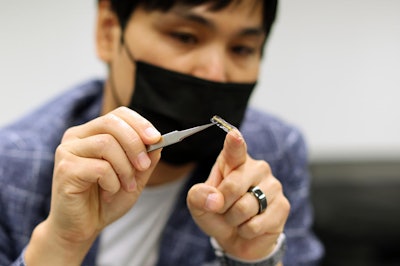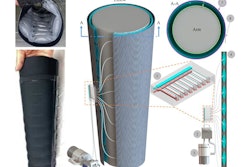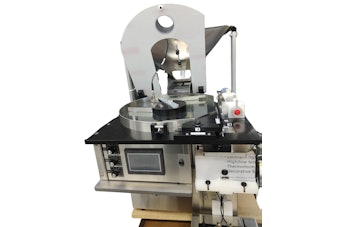
Stents are vital to clearing blockages in blood vessels, but the low-tech devices offer no feedback as to whether they’re working. A recent Medgadget article discussed a new type of ‘smart’ stent that aims to improve the way patients with cardiovascular issues monitor their hemodynamic data. Developed at the Georgia Institute of Technology, they are a vast improvement from the standard version developed in the 1980s. They operate without the use of wires or batteries, and are powered via a wireless energy transfer system that employs magnetic fields.






















